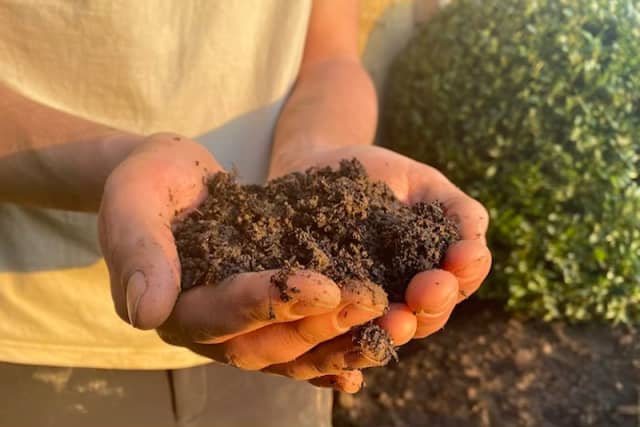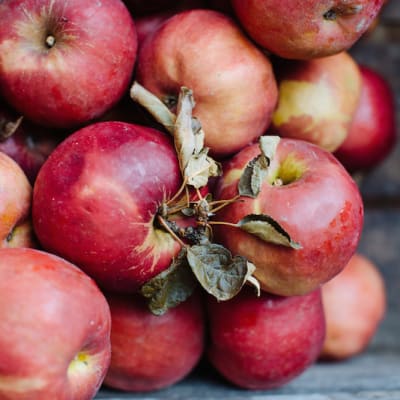Gardens are made in the winter, which means preparation for a blooming good spring begins as soon as the days start drawing in and we put our border and beds to rest. From planting bulbs to preparing soil, the hard work of our garden team now should pay dividends next year, when they can (quite literally) reap the rewards – whether that’s harvesting in our Produce Garden or smelling the roses in our Fragrance Garden.
We asked the team to share their go-to practices for tucking in the garden and ensuring that soil stays in healthy hibernation mode during the frosty spell.

There are two approaches to choose from when it comes to soil preparation: the traditional, and the new school. We’ll briefly explain both, though it’s the newer approach that our gardeners are using this winter.
Either way, a good tidy up is the first order of the day - removing any detritus or leaves from the surface. While this may seem a tedious task, it’s essential that no material is left behind over the winter months to cause disease, or for pests to harbour on. Collecting the leaves in a pile and leaving them for a year or two to partially break down will produce your very own leaf mould. This is perfect for mulching over beds or around trees in the spring to help with weed suppression and water retention. When it comes to herbaceous perennials, you’ll want to cut back anything messy, leaving anything architectural for a bit of interest on a frosty morning.

The approach you take next is up to you…
The traditional approachis to dig over the soil, avoiding any frozen or water-logged areas. Using a garden fork, weed through the plot then dig over by a spade’s depth. Be sure to allow the frost to break up any aggregates; this will give you a finer tilth for next year, the formation and stability of the soil particles - including moisture, degree of aeration and rate of drainage - ultimately determining the soil’s suitability for planting.
The new-school approachinvolves sowing a cover crop, such as mustard, to occupy the soil during the winter. Deep-growing roots will help to aerate underground without damaging the vital soil organisms, which can sometimes happen with the traditional method. In spring, when the ground has thawed, layer over 2-3 inches of garden compost or well-rotted manure to suppress early weed growth. This will provide key nutrients for soil organisms to break down and incorporate naturally into lower layers of soil.

Remember to get creative with your winter bedding! Snow drops, daffodils, crocus, scillas and chionidoxa can all be planted now for February and March.



